Top 100 World Wines 2022 and Wine Of The Year

At the end of February, I began to travel to catch up for lost time in Hong Kong after almost two years of what was essentially being locked down because of the pandemic. I landed in San Francisco, and my wine odyssey began with tasting hundreds of 2019 cabernet sauvignons and many other wines up and down the coast of California as well as Oregon and Washington. And then it was four months in Europe, mostly Italy and France, and finally back to the West Coast, Australia, and New Zealand. Some of the JamesSuckling.com tasters accompanied me along the way, while Senior Editor Stuart Pigott tasted on his own in Europe and others kept the tastings going in our office in Hong Kong.
It was the biggest effort I have personally made in 41 years as a wine critic, but it was worth every minute despite all the difficulties along the way. In the last 12 months, my team and I rated over 32,000 wines. That’s 7,000 more than last year. And I doubt many other well-known competitors in the arena of wine criticism rated as many wines or racked up as many frequent-flier miles. All of my tasting team had the chance to travel to key wine regions and see vineyards, speak with winemakers and taste wines in context. It’s important for all of us to understand great wines better and improve our skills as wine critics and, more important, as wine lovers. Plus, I am an old journalist at hand – I began my career as daily journalist in a small town in Utah – and there’s nothing better than reporting from the field – or vineyards in our case. I try to instill this journalistic process and thinking in all my team of editors and tasters.
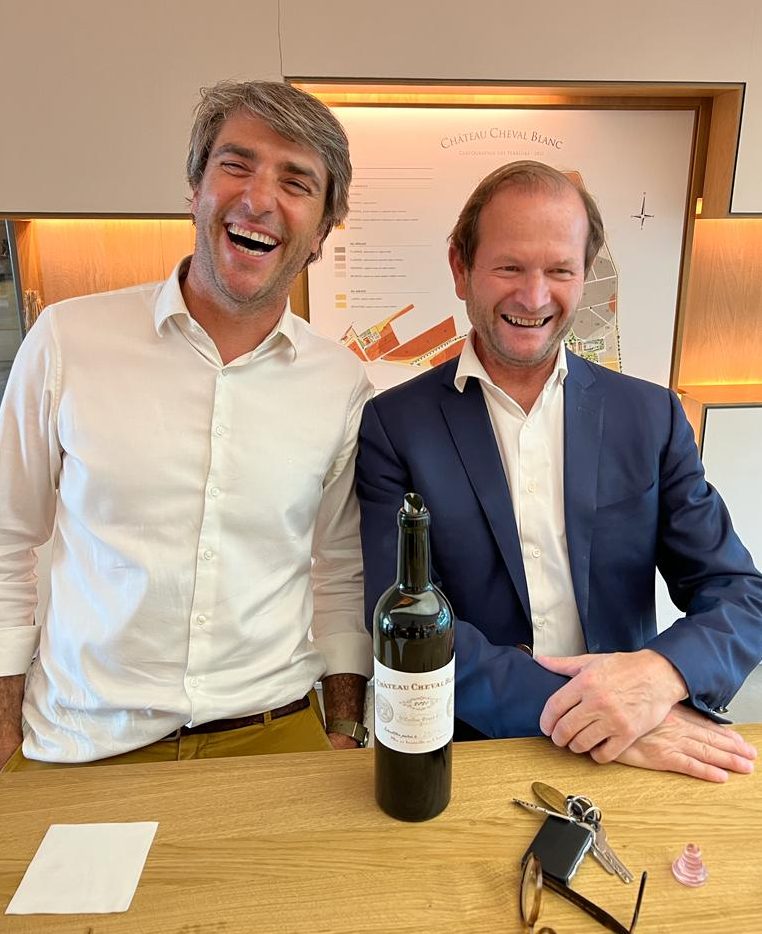
This year’s list of Top 100 Wines of the World reflects the best wines we tasted in 2022, yet it also highlights outstanding regions, vintages and producers we found over the last 12 months. For example, we love the best reds in the excellent 2019 vintage for Bordeaux, so there are many of them in the list – 12 in total. There are also 17 wines from Napa Valley and most come from the superb 2019 vintage. On the other hand, we chose fewer wines from Italy and South America from the list because producers experienced hot and less high-quality vintages.
We tried to keep the selection to reasonably priced wines, although a few of our 100-point wines are very expensive including such bottles as the Château Cheval Blanc St.-Emilion 2019. It sells for about $750 a bottle, according to Wine Searcher. But their superb quality and pedigree were just too alluring to not include. We did leave some perfect-scoring wines out of the list this year because of their astronomical prices, such as some first growths and California cult wines. The average bottle price for the list is less than $200 a bottle. About 40 percent are less than $100 a bottle, and there are eight rieslings at $40 or less.
We used Wine Searcher for all the pricings for our Top 100 list, and we will do the same for all our country Top 100 lists to be posted over the next six weeks as well as our Top 100 Value Wines list. The rankings are based on the ratings, prices and availability in the global marketplace, according to Wine Searcher.
Wines should have a production of about 500 cases of 12 bottles with a few exceptions. We also factored in what we call the “Oh, wow!” element, or the intangible attractiveness of a wine. It’s those bottles that you fall in love with and want to drink. We also tried to make sure the wines are current releases on the global market.
The United States delivered the largest number of wines in our Top 100, with 28 bottles on our list. This was mostly because of the release of so many excellent wines from the 2019 vintage. It was the second great vintage in a row following 2018. In general, 2019 delivered slightly fruitier wines than the more structured and harmonious 2018. But it’s hard to generalize. All the wines came from California, Oregon or Washington.
READ MORE: TOP 100 WINES OF 2021
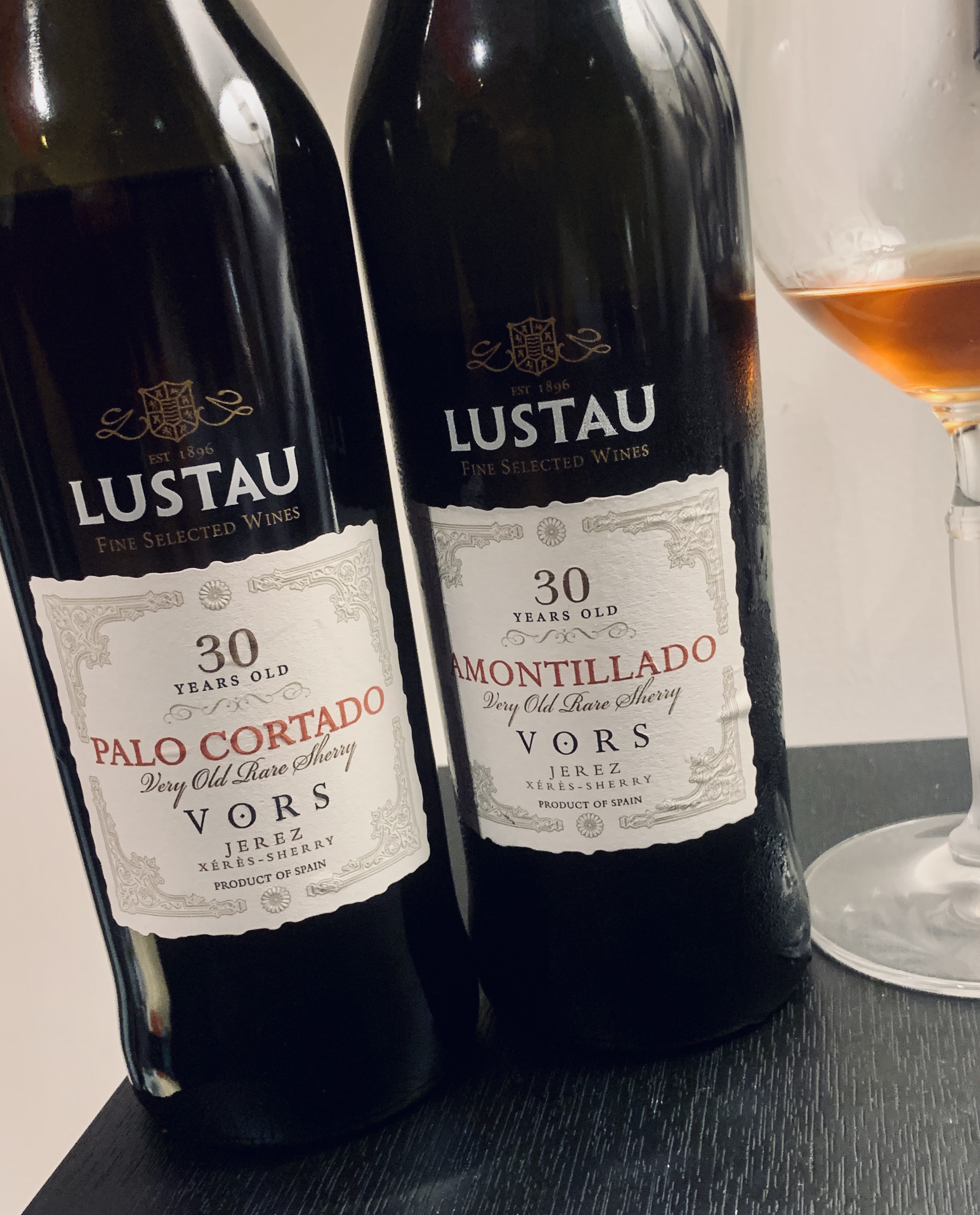
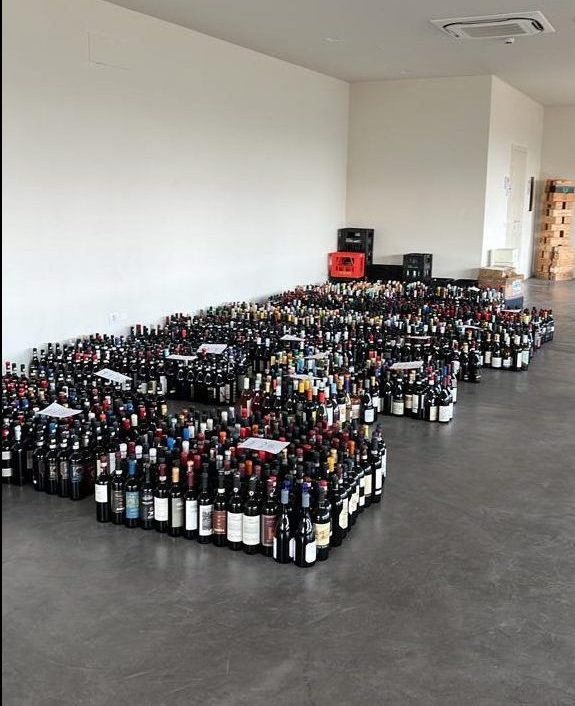
It was no surprise that France followed with 24 wines, mostly from Bordeaux. The region had a fantastic quality vintage that produced structured, fresh and balanced wines. Check out the Alsace reds and whites. There’s even a few Burgundies, Rhones and Champagne. Italy and Germany followed with 11 and 10 wines each, respectively. The Italian were almost all Super Tuscans or Barolos. Some of the other top Italian regions had weaker vintages on release, such as Brunello di Montalcino, so Brunellos were not included. The same was the case with Germany’s inconsistent 2021, but some great wines were made by the best producers. And we have some in our Top 100.
Spain was next with seven entries, and Rioja dominated, although there is a crazy good Lustau Jerez Amontillado VORS 30 Years Old NV that highlights how most of us should spend more time tasting the great fortified wines of Jerez. Australia landed six wines in our top 100, led by Margaret River. It’s a unique maritime region making fresh and structured reds and bright and flavorful whites.
Chile followed with its small list of four cult wines, including the Almaviva Puente Alto 2020, Clos Apalta Valle de Apalta 2019, Montes Carmenere Petit Verdot Valle de Colchagua Purple Angel 2019, and Seña Valle de Aconcagua 2020. New Zealand also had four wines: a pinot noir from Central Otago as well as Martinborough. Plus, there’s a rich yet fresh cabernet sauvignon-based red from the island of Waiheke just a 30-minute ferry from Auckland. And we included the great single-vineyard chardonnay also made near Auckland, the Kumeu River Chardonnay Kumeu Mate’s Vineyard 2021. The 2020 was our Wine of the Year.
Argentina and Austria finish off the list with three wines each. All the wines come from benchmark wineries that make great wines year in and year out.
READ MORE CHILE ANNUAL REPORT: BEYOND CARMENERE AND INTO AN OCEAN OF FRESHNESS
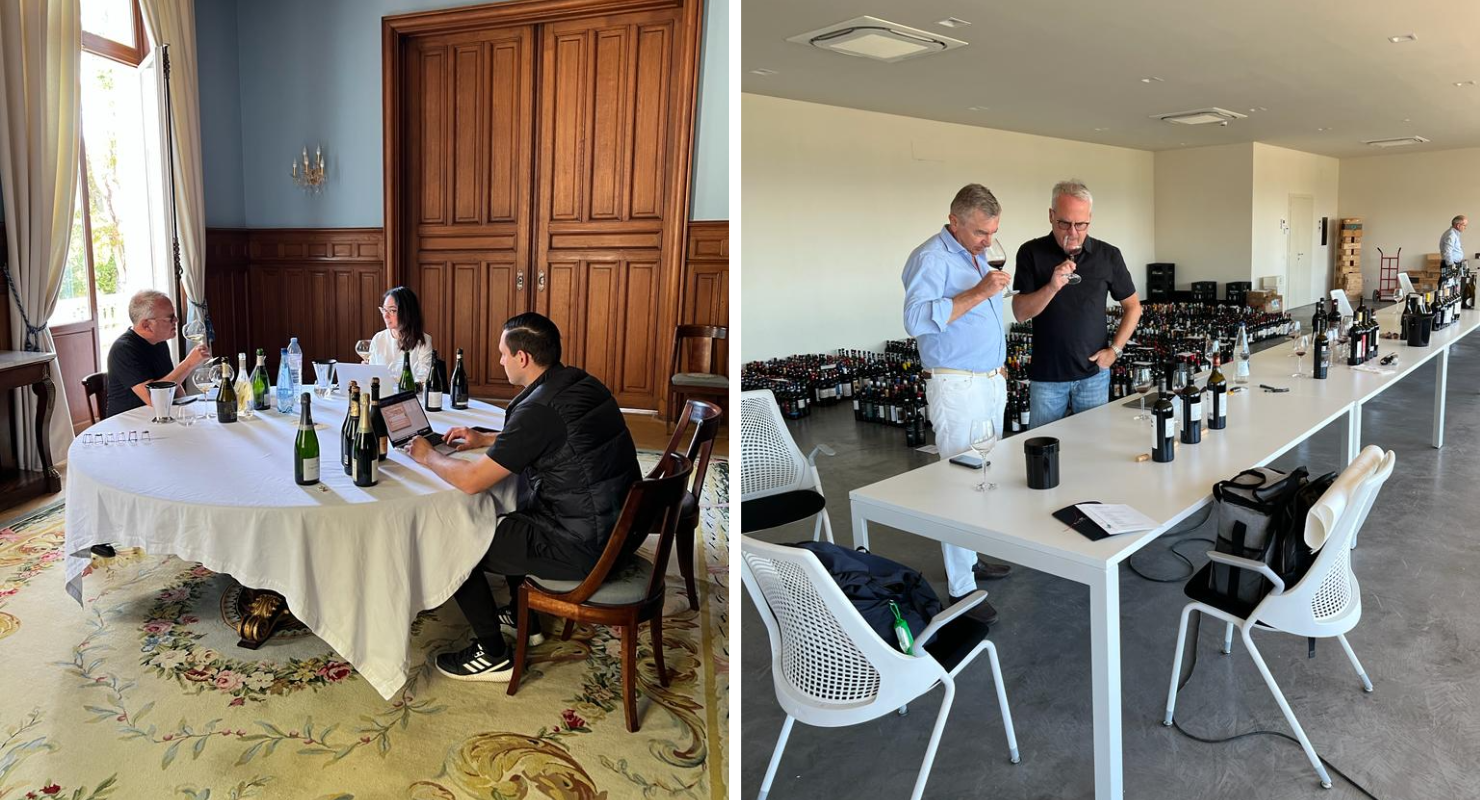
NO. 1
Our Wine of the Year 2022 is also a reference point in so many ways. It comes from a long line of great wines from California, and it was first made in 1936 in Napa Valley. Personally, I started drinking this great wine when I was a teenager, receiving an occasional sip from my late father, John Suckling, who collected the wine from the 1960s to 1990s. He even gave me a bottle of the 1962 when I started working at The Wine Spectator in December 1981 and told me to taste and understand it so I “would know about great wine.”
The Beaulieu Vineyard Cabernet Sauvignon Napa Valley Georges de Latour Private Reserve 2019 is our Wine of the Year 2022. And not only it is a perfect wine, but it is also a wine that highlights the greatness of so many wines from Napa Valley and the United States from the 2019 vintage. The wine is so filigree in nature, with layers of fine tannins and complex aromas and flavors of currants, tobacco and mahogany. Plus, it has the structure to age beautifully for decades ahead.
I love the way this BV private reserve shows more complexity and finesse even though the pure and bold character is still there. I spoke to BV Chief Winemaker Trevor Durling about it in May in Napa Valley and he said that he had been working toward a more “refined” and “drinkable” BV Private Reserve in recent years to honor the great bottlings of the 1960s and 1970s.
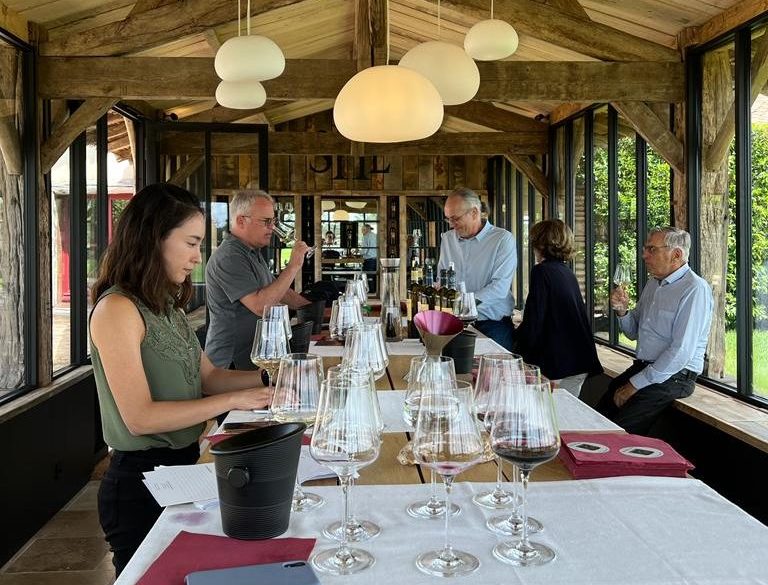
He has achieved that with the 2019 and more. I even drank a pretty bottle of 1970 BV Private Reserve this week in Hong Kong, and it gave me the feeling the 2019 will be even better. We will see.
No. 2 is a sensational dry riesling from the Kunstler family near the Rheingau town of Hocheim, the Künstler Riesling Rheingau Hölle GG 2021. I have been traveling to the region since 1985 and the Kunstlers have some of the best vineyard sites in the sub-region and producing dense and rich dry rieslings as well as more classic versions. And it sells for less than $50 a bottle.
We continue to speak about the pinot noir revolution in Alsace, and Albert Mann winery makes some of the best in the region every year in the tiny town of Wettolsheim near Colmar. Maurice Barthelme and his brother Jacky get the most out of their 19 hectares of vineyards in both white and red, but they defined the new age of red wine in Alsace as a whole with their two bottlings of pinot noir, particularly the Albert Mann Pinot Noir Alsace Grand H 2020.
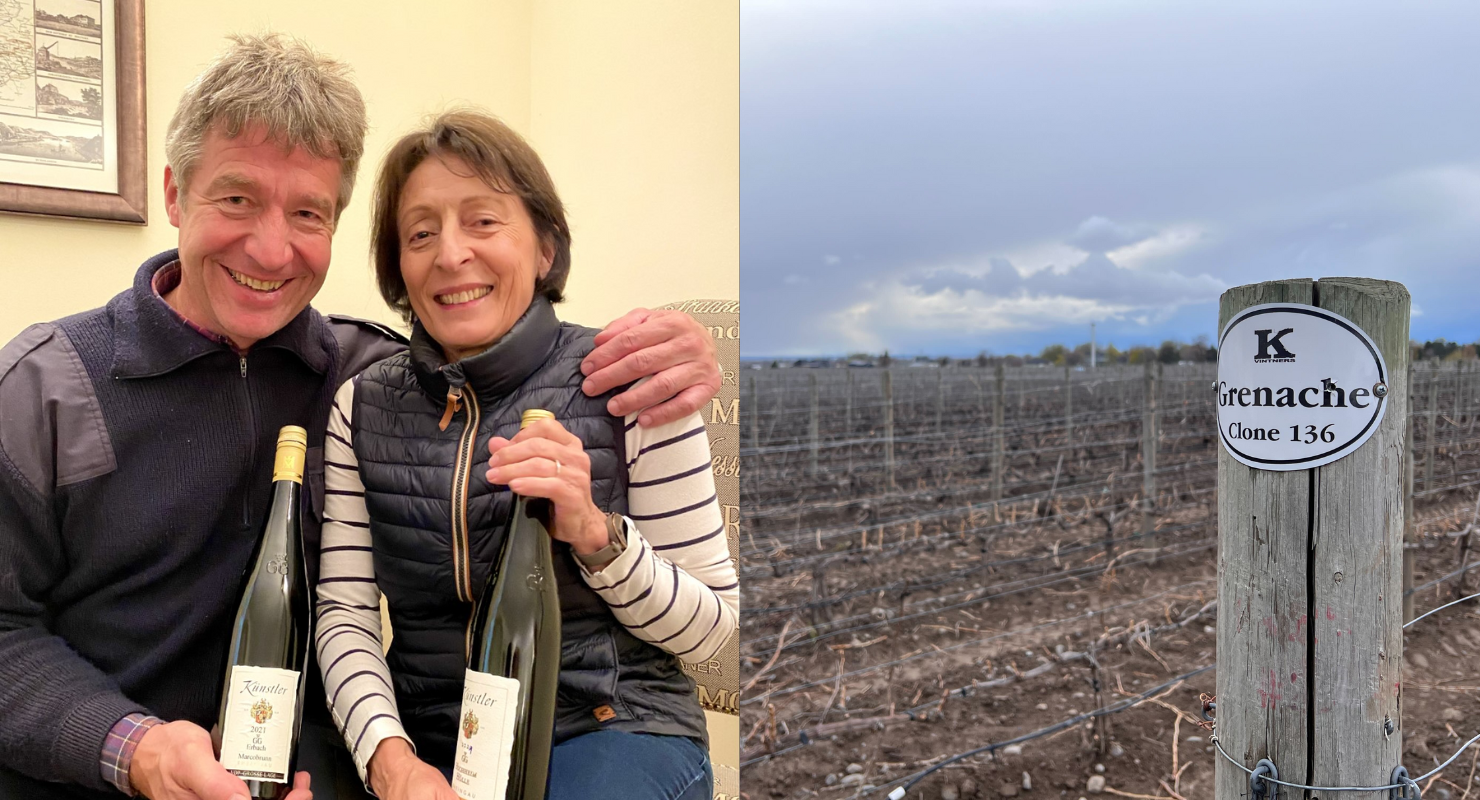
The Château Smith-Haut-Lafitte Pessac-Léognan 2019 is our No. 4 wine. The Pessac-Leognan makes profound and balanced reds from its organically farmed vineyards. I have watched its evolution from the day Daniel and Florence Cathiard bought the property in 1990. They have moved away from strong and muscular wines to harmonious and complex ones, especially the reds. The excellent 2019 vintage gave their grand vin a little extra energy and depth.
Our No. 5 is a superb grenache from Washington that shows richness and intensity yet a stealth tannin structure and freshness. It proves that top-quality, good value grenache is at the same level as syrah in this northwestern state. The wine is K Vintners Grenache Walla Walla Valley The Boy 2019, and it sells for about $50 a bottle.
The Soter Pinot Noir Yamhill-Carlton Mineral Springs 2018 at No. 6 shows equal energy, and it’s one of the best Oregon pinots I have ever encountered. It has so much intensity and focus yet remains vibrant and structured. Tony Soter has been making great wines his whole career, first in California, and now in his home state. Kudos.
At No. 7, the Emmerich Knoll Emmerich Knoll Riesling Wachau Ried Loibenberg Smaragd 2021 is one of the long-time great winemakers of Austria with a decades-long history of making pure and age worthy whites. And this top selection (Smaragd) of riesling shows amazing ripeness and finesse in a breathtaking harmony. Plus, it sells for about $40 a bottle.
READ MORE WASHINGTON STATE ANNUAL REPORT: A CASCADE OF CHOICE, UNTAPPED POTENTIAL AND AN APEX SYRAH
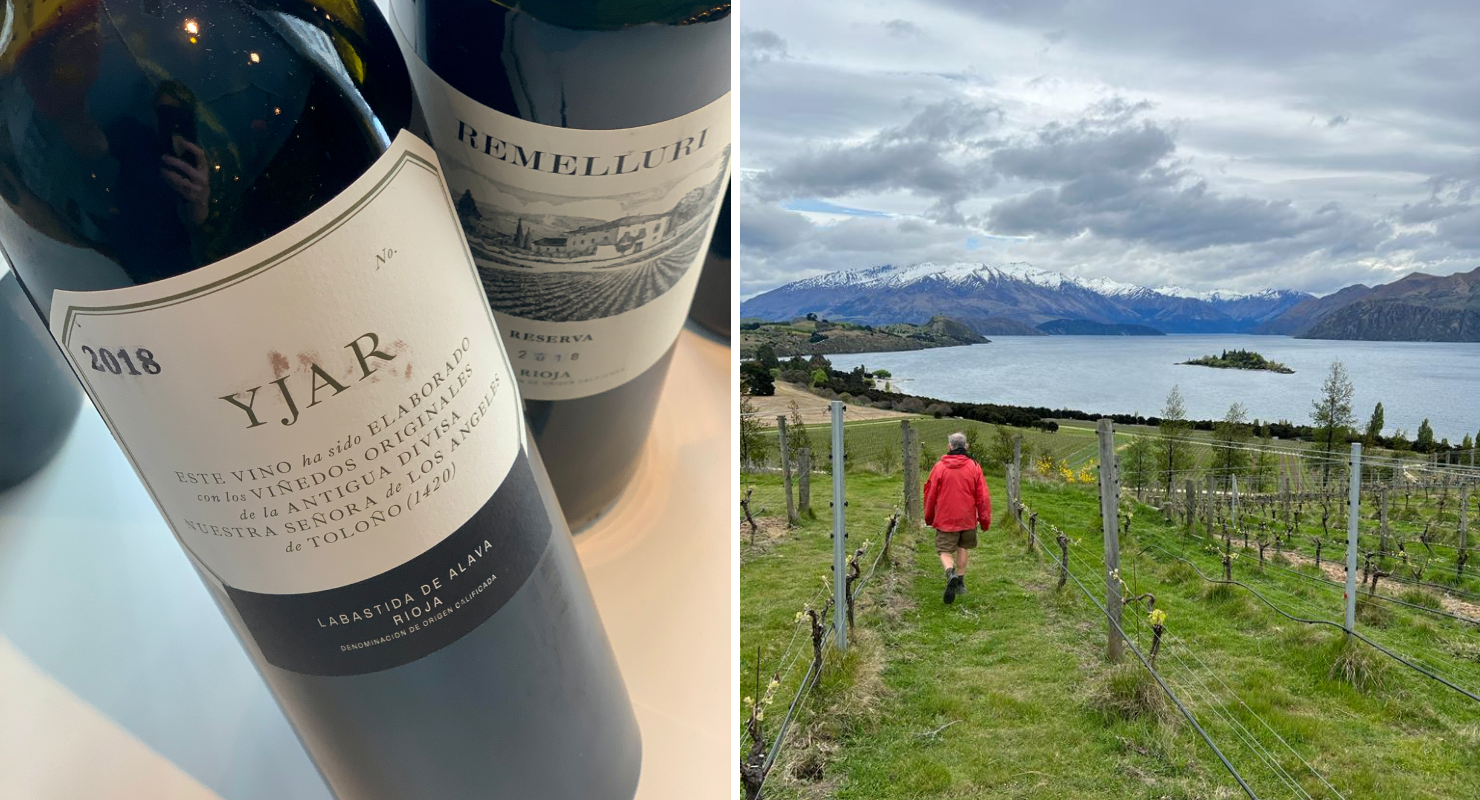
I used the same words to describe the single-vineyard pinot noir from Central Otago that is made on the shores of an incredible glacial lake, Lake Wanaka. It is one of the most breathtaking vineyards I have seen in my life. It’s farmed biodynamically and the vines are on their own roots. It’s the wonderful Rippon Pinot Noir Central Otago Tinker’s Field 2019. And it’s No. 8.
No. 9 is also a single-vineyard wine but this time from Spain’s Rioja. And it’s only been released in two vintages so far. The Yjar Rioja 2018 comes from one of the most dynamic and original winemakers in Spain, Telmo Rodriguez, and the 3.8-hectare vineyard is located near his winery, Remelluri, outside the town of Labastida. Rodriguez continues to proclaim that Spain’s future in the fine world is to add value and reputation to its unique and great vineyard sites, and Yjar achieves that. The wines were produced to be sold primarily in the Bordeaux market through wine merchants to their global clients around the world.
Finally, at No. 10 is the Domaine Charles Audoin Marsannay Les Favieres 2020. Stuart Pigott and I have long been writing that global warming is improving the quality levels for many of the northern, less revered appellations in Burgundy such as Marsannay and Fixin. And here you go. Charles and his son Cryil are pristine vineyardists in Marsannay and get the highest quality out of their 14 hectares of organically grown vineyards, particularly their parcel called Les Favieres in 2020. This is an excellent example of great Burgundy that doesn’t need to be extremely expensive.
I hope you enjoy our list of this year’s Top 100. There’s something for just about everyone, and it’s been an amazing year tasting wine, visiting wineries and communicating with winemakers – one of my best ever.
– James Suckling, Editor/Chairman
Note: The list of wines below is comprised of bottles tasted and rated in 2022 by the tasters at JamesSuckling.com. You can sort the wines below by country, vintage, score and alphabetically by winery name. You can also search for specific wines in the search bar.
